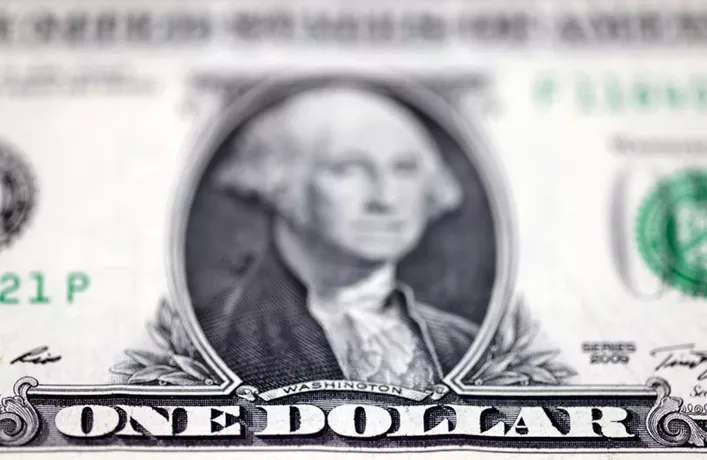The dollar was poised to record a fourth consecutive weekly loss on Thursday as tariffs continued to push investors away from U.S. assets. However, it rebounded from a seven-month low against the yen, following reports that U.S.-Japan trade talks had not involved currency discussions.
The dollar’s struggles have stemmed from a series of tariff threats, impositions, and delays, which have undermined confidence in U.S. economic growth and stability.
The Swiss franc has been the biggest beneficiary, gaining 8% since April 2. It is now testing resistance at a decade-high level of 0.81 against the dollar. The euro and yen have also posted strong gains, rising roughly 5% against the dollar in just over two weeks.
In early Asian trading, the euro eased slightly to $1.1373 but remains on track for a fourth consecutive weekly gain, despite expectations of a 25-basis-point rate cut by the European Central Bank.
The dollar briefly dipped to a seven-month low of 141.62 yen but later recovered above 142 after Japan’s economy minister, Ryosei Akazawa, stated that foreign exchange had not been discussed during the trade talks in Washington. The yen had gained in anticipation that both countries would agree to strengthen the yen, but with yen positioning at its highest level since 1986, any gains could be reversed if no agreement is reached.
The dollar index, which tracks the greenback against a basket of major currencies, stood at 99.5 and was also set to post a fourth consecutive weekly loss. Trading volumes are expected to be light as the Easter break approaches.
Despite a strong retail sales report in the U.S. and comments from Federal Reserve Chair Jerome Powell suggesting no immediate rate cuts, the momentum for selling the dollar persists.
Analysts at Citi, however, noted that while the current trends suggest a shift away from the dollar, there is no real risk to its status as the global reserve currency. They predict that the euro could reach $1.20 within the next six to twelve months before the dollar begins to recover.
The dollar’s decline has also pushed the New Zealand dollar and Australian dollar out of their recent ranges. The kiwi rose above its 50-day and 200-day moving averages to $0.5932, though it struggled to make further gains. The Australian dollar was hovering at $0.6367 ahead of upcoming employment data, while the British pound paused at $1.3216 after weaker-than-expected inflation data.
Related Topics:


